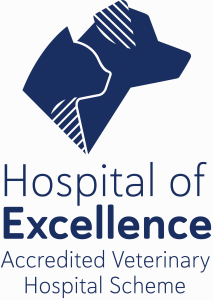Surgery
Ever wondered what happens when your pet comes to WCVH for surgery?
The first step happens the day before the surgery. It is important to minimize the risk of vomiting during surgery, therefore from 8pm the night before the surgery all food must be with held although it is fine for your pet to continue drinking.
Our nurses here will prepare a surgical kit with all the equipment needed during surgery as well as the gown for the veterinarian so these can be sterilized ready for the next day.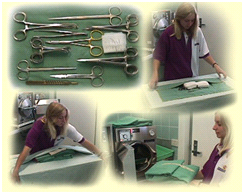
On the morning of the surgery your pet will need to come to the hospital between 7.30am and 8.30am so a pre-anaesthetic check and blood test (if necessary) can be done.
Once the your pet gets the all clear from the veterinarian a premedication is given that includes a mild sedative and pain relief to help calm your pet and reduce the dose of anaesthetic required.
Once the premedication has taken effect your pet will be given an intravenous anaesthetic and then the veterinarian places a endotracheal tube (breathing tube) into the airway which allows oxygen and gaseous anaesthetic to be administered directly to the lungs. The anaesthetic is monitored throughout by one of our qualified veterinary nurses.
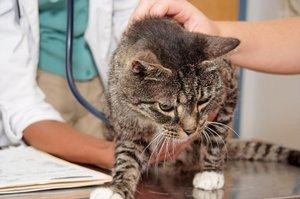
Now your pet is clipped in the area that will need to be prepared for surgery, for a desex the belly is clipped. All the loose hair is then vacuumed away and a quick clean is done with some antiseptic swabs to remove any surface dirt. Now your pet is ready to be moved into the surgery, where the clipped area is surgically prepared.
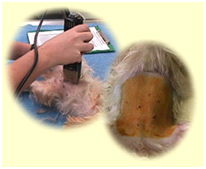
In the mean time the surgeon will change into a scrub suit, and put on a cap and mask. He or she will then scrub his/her hands and arms using a brush and sponge and iodine, much as you see on medical programs on TV, finally the sterile gown is put on.
Now the veterinarian moves into the surgery to put on sterile gloves and the patient has the prepared surgical area draped with sterile drapes.
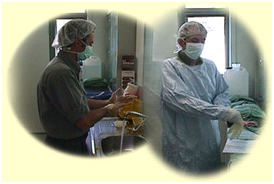
The veterinarian now proceeds with the surgery and the nurse continues to monitor the aneasthetic and provides any instruments or materials the veterinarian may need.
When the surgery is completed your pets gaseous anaesthetic is turned off but oxygen is administered for a further 5 minutes to help the recovery, the skin is cleaned of disinfectants and further pain relief is given if required.
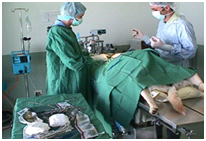
Now it is time to move to a recovery cage with a heat mat and fluffy blanket and the endotracheal tube is removed once swallowing has returned to normal. Your pet is then left in a quiet, warm and comfortable cage until sufficiently recovered from the anaesthetic to walk at which point they are given a toilet break or for cats a litter tray is provided and they are allowed some water. In most cases they will be ready to go home that afternoon. For some procedures such as orthopedic surgery your pet may have to stay overnight to ensure a comfortable recovery.
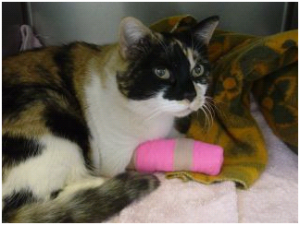
Finally the nurse or veterinarian will run you through the necessary home care to ensure a full recovery when you come to the hospital to collect your pet.
If you have any questions or would like any further information on surgery at Weston Creek Veterinary Hospital contact us today.


